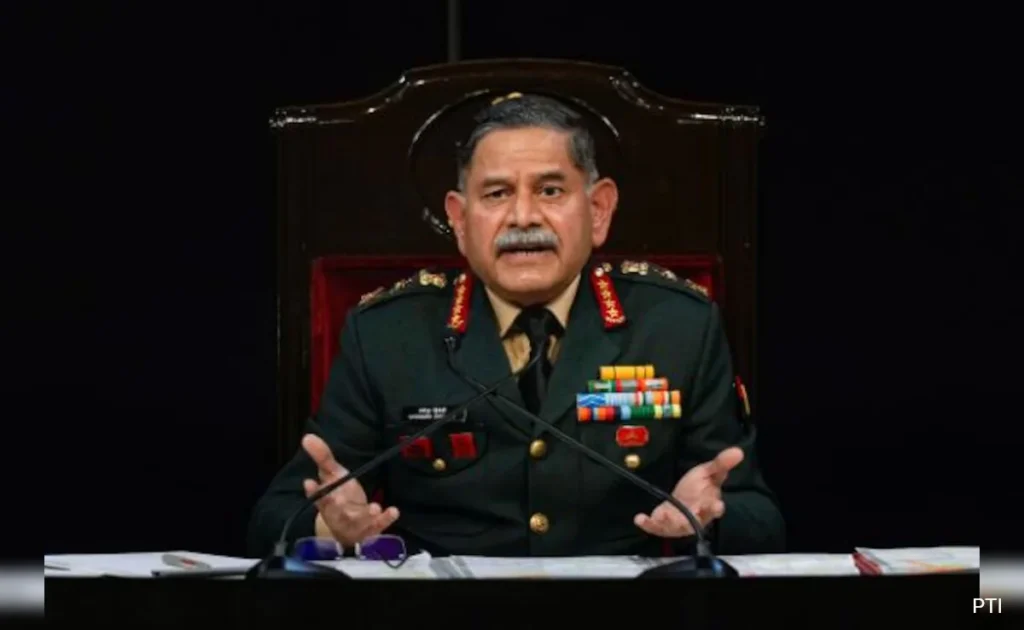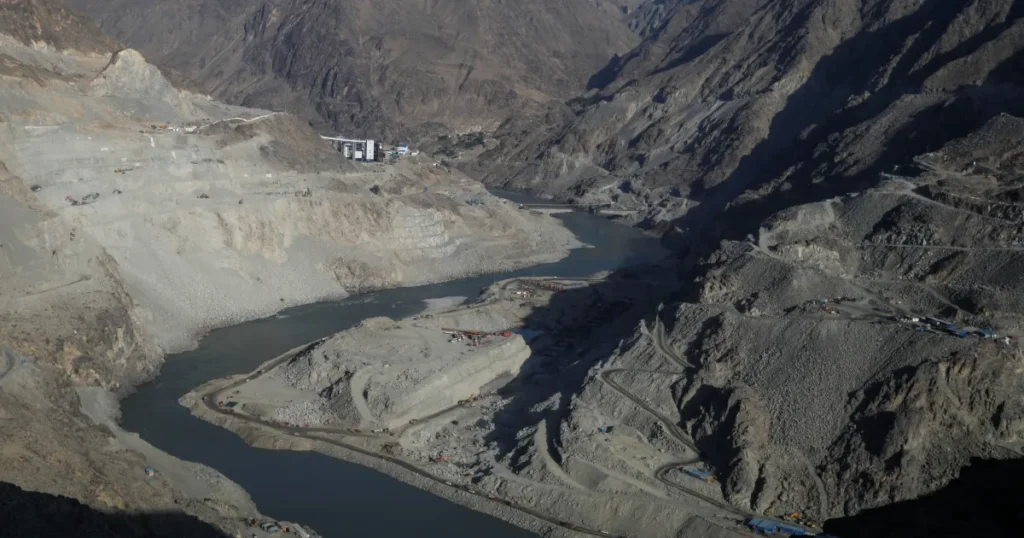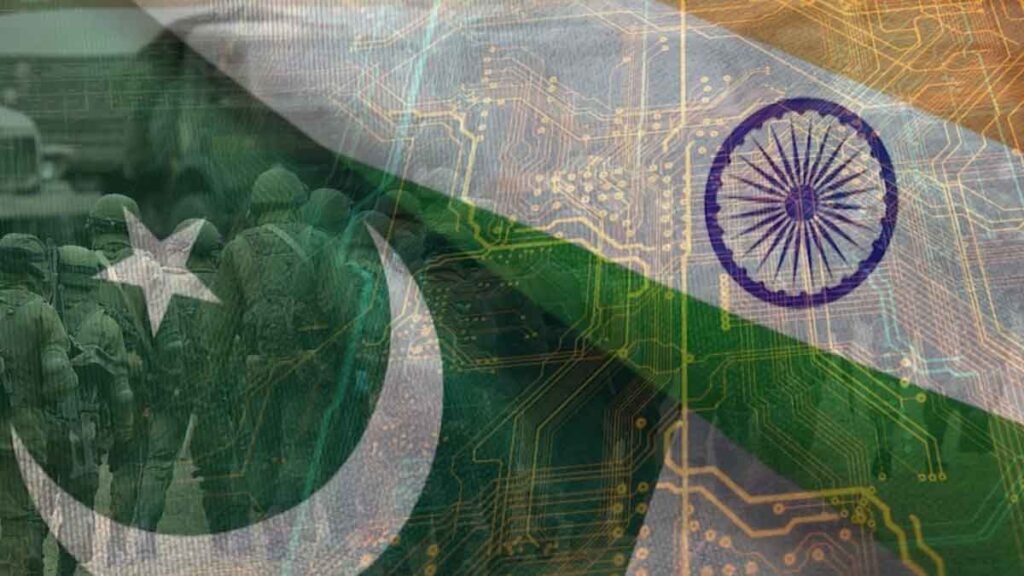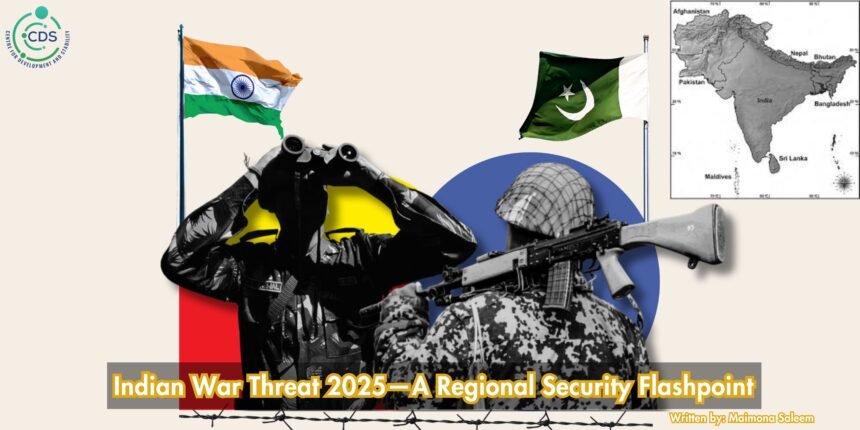History has repetitively made known that when a state chooses aggression over stability, the costs extend far beyond its borders. These days, South Asia faces such a moment, as India’s escalating rhetoric and hostile attitude threaten to disentangle decades of fragile peace and cooperation.
The recent exchange of statements between the Indian and Pakistani military leadership has once again brought South Asia to the brink of war.

Indian Army Chief General Upendra Dwivedi’s warning of possible conflict in September 2025 has raised serious concerns about peace and stability in the region. Indian Army Chief declared that the Indian Army is prepared and urged citizens to act as warriors. His remarks highlight India’s increasingly aggressive posture.
In response, Pakistan’s Field Marshal Syed Asim Munir Ahmed Shah issued a strong statement, warned India of dire consequences if Pakistan face any existential threat. He reiterated that Pakistan would be compelled to use all means at its disposal, including nuclear deterrence, if its sovereignty or survival is threatened.
India’s current behavior signals a dangerous trajectory. And attempts to present itself as a hegemonic power have been undermined by its involvement in destabilizing activities across the region. Reports highlight the alleged role of Indian intelligence in supporting terrorist groups such as the Tehrik-e-Taliban Pakistan (TTP) and Baloch Liberation Army (BLA), as well as interference abroad, including the assassination plot against Sikh leader Hardeep Singh Nijjar in Canada.

Adding to the tension, India has hinted at suspending the Indus Waters Treaty, a move that Pakistan has warned would be met with firm resistance. As Field Marshal Munir emphasized, “The Indus River is not India’s private property, nor does Pakistan lack the capability to respond.” It means any attempt to weaponize water would be considered an act of war.
The rhetoric from both sides exhibits the grave danger of escalation between two nuclear-armed neighbors. That is why global powers and the United Nations are now under pressure to play a more proactive role in diffusing tensions. The stakes are not only regional but international, as instability in South Asia could disrupt global trade routes, energy security, and counter-terrorism cooperation.
On the other hand, India is facing international pressure. Its ambitions within BRICS are facing obstacles, particularly due to concerns from the United States over de-dollarization efforts. The imposition of a 25% tariff by United States of America (USA) has further strained India’s global economic position.

Meanwhile, India’s long-standing hybrid warfare campaign against Pakistan that initiated in 2005, is now encountering setbacks. Moreover, the recent 86-hour war episode demonstrated Pakistan’s resilience and left Indian leadership anxious and in damage-control mode.
In spite of that Pakistan has repeatedly demonstrated its commitment to regional peace and stability. However, if forced into conflict by Indian aggression, it has no option but to defend itself with full strength. Stability is the basis of peace, development, and prosperity. However, when a state disrespects this fundamental principle and pursues confrontation, it not only endangers regional security but also challenges the global order. India’s recent threats of war with Pakistan reflect this dangerous reality.
Therefore, the path forward must be rooted in responsible diplomacy, adherence to international agreements, and a collective effort to prevent South Asia from sliding into another devastating war.



